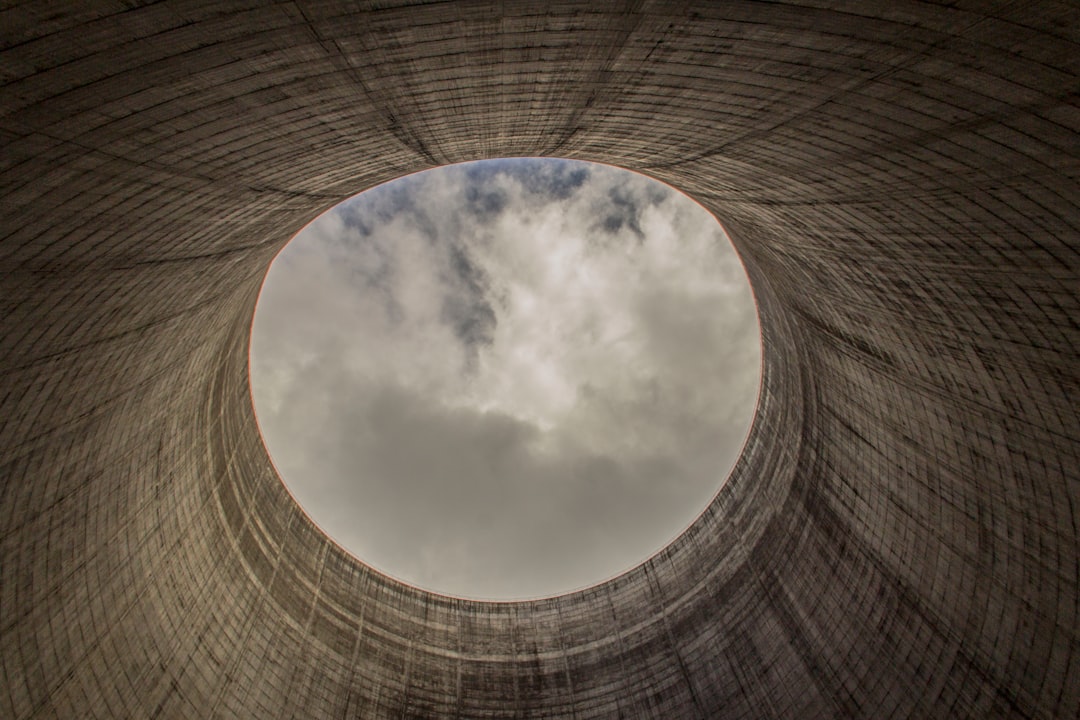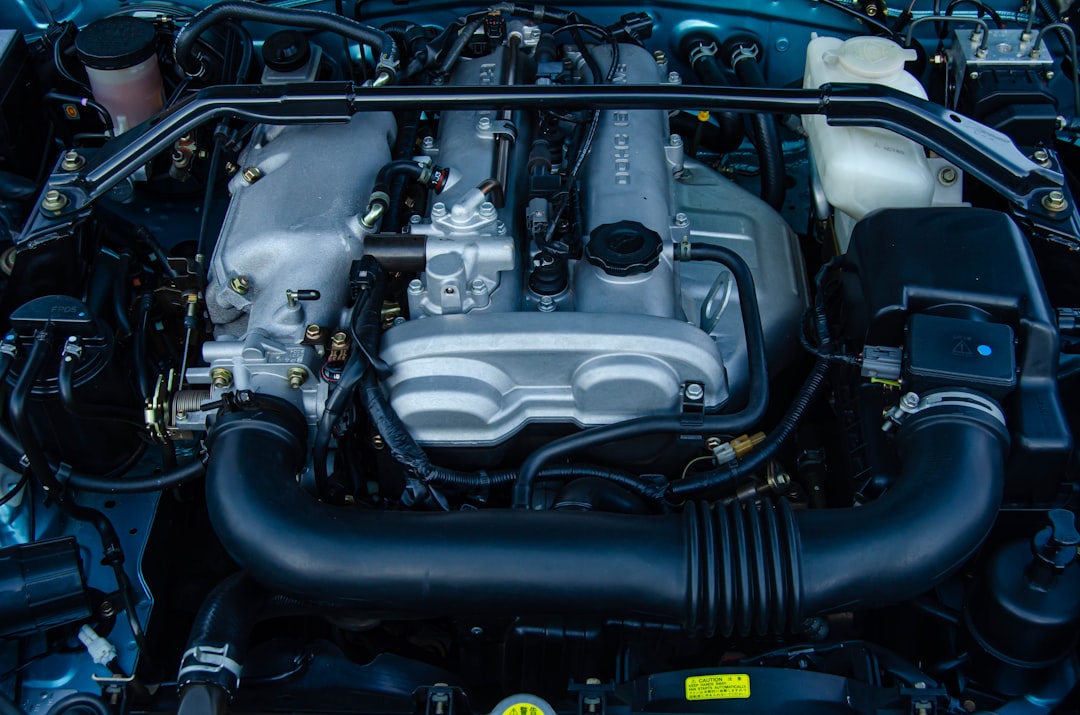What is it about?
In Ethiopia, like in other developing countries, animal dung is used for combustion in houshold stoves. Ttypically cattle dung is collected, mixed with straw, formed to flat cakes, sun dried and stored until being used as solid fuel. Producing biogas from the the dung for fueling stoves would be an alternative use. In this study we investigate the environmental impact of both options.
Featured Image
Why is it important?
Combustion of dung has a very low efficiency and harmful gases of uncomplete combustion are released to environment. Furthermore the valuable nitrogen content of the dung gets lost and is missing in agricultural production. Furthermore, methane is emitted during processing of the dung. When using the dung as feedstock for biogas production, methane emissions can be controlled and the digestate is a valuable fertilizer. The study reveals advantages of biogas production under various scenarios.
Read the Original
This page is a summary of: Life cycle assessment (LCA) of biogas versus dung combustion household cooking systems in developing countries – A case study in Ethiopia, Journal of Cleaner Production, November 2017, Elsevier,
DOI: 10.1016/j.jclepro.2017.07.116.
You can read the full text:
Contributors
The following have contributed to this page










